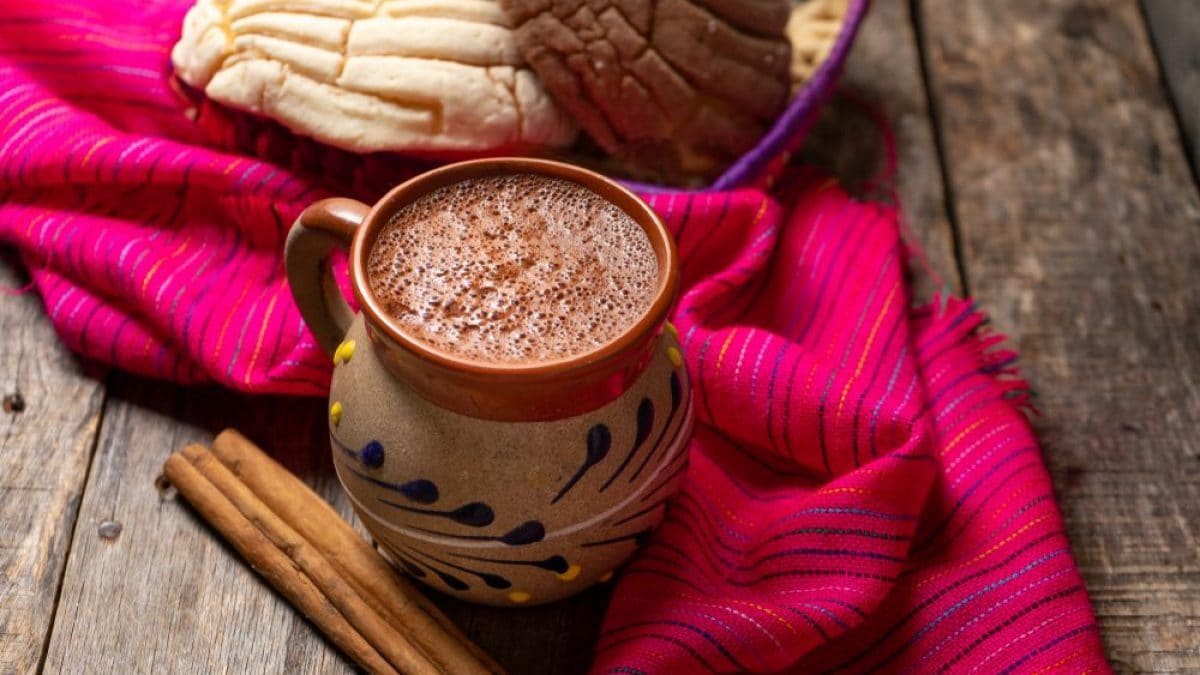
On winter afternoons, a steaming cup of hot chocolate is the perfect way to warm up and indulge in a moment of pure pleasure. Topped with whipped cream, accompanied by a cookie, or flavored with spices, this indulgent drink is one of the quintessential comfort foods.
For centuries, it has spread across continents, adapting to the tastes and traditions of every culture. Prepared in unique ways and paired with ingredients that enhance its flavor, it embodies a blend of history, aromas, and flavors.
Let's discover how hot chocolate is made and paired around the world, and explore traditions, curiosities, and its most distinctive variations.
From Spain to Scandinavia: Hot Chocolate in Europe
In Europe, this steaming delight is prepared in different ways, adapting to the tastes and traditions of each country. In Switzerland, the land of cocoa par excellence, it is distinguished by the use of high-quality milk or dark chocolate. Fluid and simple, it is often paired with local desserts such as birnbrot (pear bread) or nusstorte (walnut cake), perfect for winter. In France, chocolat chaud is elegant and velvety, made with dark or milk chocolate, and is often accompanied by a croissant or brioche, iconic Parisian breakfast treats.
In Germany and Austria, it is a constant presence at Christmas markets, where it is served steaming hot in large, decorated cups. The alcoholic versions, enriched with a touch of rum or orange liqueur, are particularly popular, as is the pairing with iconic desserts like Sachertorte or strudel. The chocolate caliente prepared in Spain is dense and intense, designed to accompany churros, a classic combination that enhances its creamy texture.
In Belgium, renowned for its chocolate-making tradition, some cafés offer a unique custom: serving a cube of chocolate on a stick, known as Choc-o-lait. This block is dipped in hot milk and stirred with the stick for about a minute, transforming into a creamy, personalized hot chocolate. The drink is often accompanied by the famous Liège waffles, a type of dense, caramelized waffle made unique by pearl sugar crystals.
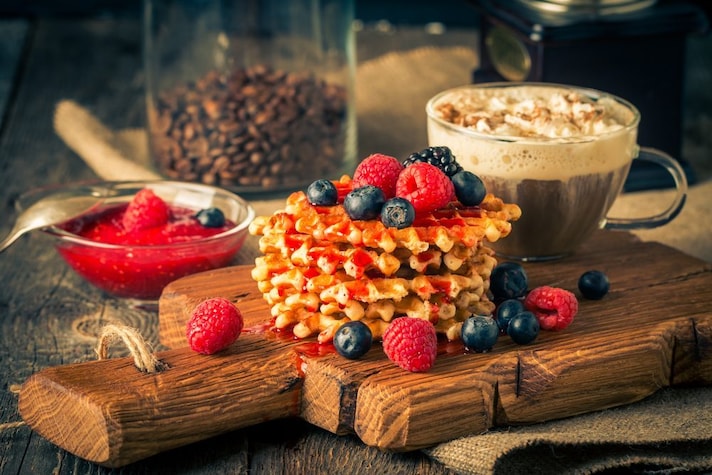
In the United Kingdom, famous for its tea ritual, hot chocolate has gained popularity in recent years, becoming a perfect drink for cold winter days. Modern versions are rich and creative, enriched with whipped cream, marshmallows, or flavored syrups, ideal for relaxing moments or cozy evenings. While this specialty may not have the same symbolic value as tea, it has found a place of honor in British customs, becoming an ideal option for those seeking a sweet and enveloping treat.
In Scandinavian countries, it is deeply linked to the concept of hygge, synonymous with intimacy and well-being. In Denmark and Norway, it is often enriched with whipped cream or spices like cinnamon and is enjoyed especially during the winter holidays, creating a cozy atmosphere. In Sweden, however, it accompanies fika, the traditional coffee break, alongside cinnamon rolls or gingerbread cookies, making every moment even more special.
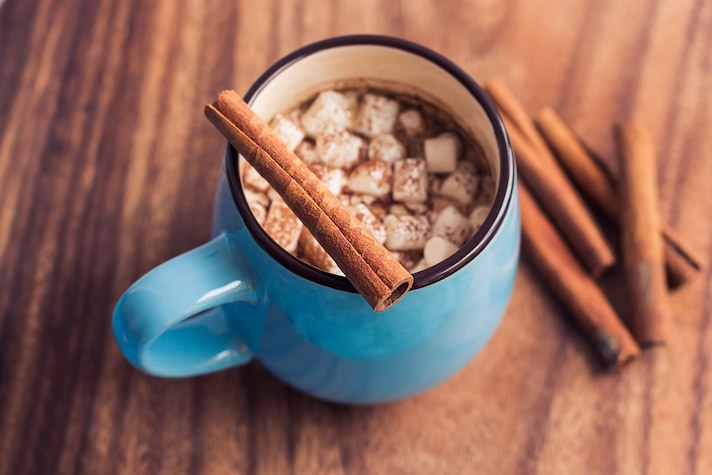
Mexico, The Ancient Heart of Hot Chocolate
To trace the origins of hot chocolate, we must go back to Mexico, where the ancient Mayans and Aztecs prepared xocoatl, a bitter and intense drink made from cocoa paste, water, and spices such as chili pepper and vanilla. This ritual infusion, associated with the god Quetzalcoatl, was consumed during religious ceremonies or as a tonic for warriors.
Even today, in Mexico, this iconic drink retains a strong traditional imprint thanks to chocolate de metate, a stone-milled cocoa paste, dissolved in water or milk and mixed with a molinillo, a wooden utensil that creates a soft foam. One of the most popular variations is champurrado, a thick and creamy drink made by adding corn flour (masa harina) during preparation, often served with tamales, corn dough rolls filled with chocolate or fruit, wrapped in corn or banana leaves, often served on holidays.
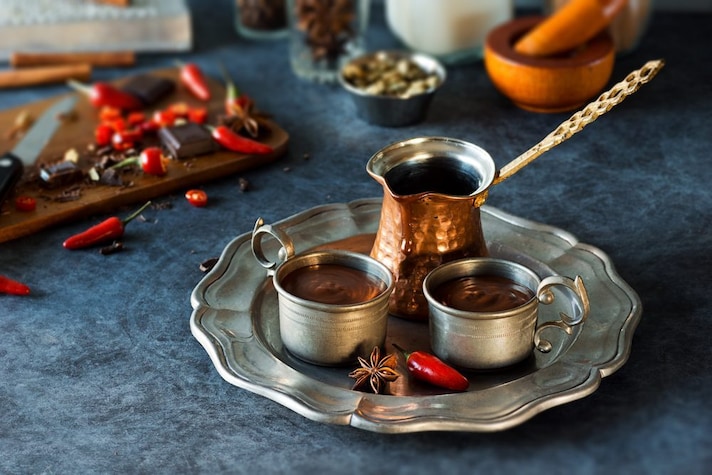
Latin America, The Journey of Hot Chocolate Through Cultures
If Mexico is the birthplace of hot chocolate, Latin America celebrates cocoa as an essential part of its culture, adapting the drink to local flavors and traditions. In Peru, this delicacy is closely linked to Christmas, served alongside panettón, the local version of the Italian panettone. Enriched with spices like cinnamon, cloves, and a touch of anise, it transforms into a fragrant and enveloping nectar. In the Andes, the sweetness of condensed milk or raw cane sugar makes it perfect for braving the cold at high altitudes. During public celebrations, events called chocolatadas bring together entire communities around large pots of hot chocolate, accompanied by traditional sweets, as a gesture of solidarity and celebration.
In Ecuador, where one of the world's finest cocoas is produced, this delicacy celebrates the quality of the raw material. Made with pure cocoa and panela (raw cane sugar), it's famous for an unusual and irresistible pairing: chocolate caliente con queso. Chunks of fresh cheese are dipped into the hot beverage, creating a surprising contrast between the cocoa and the slowly melting cheese, transforming every cup into a unique comfort food.
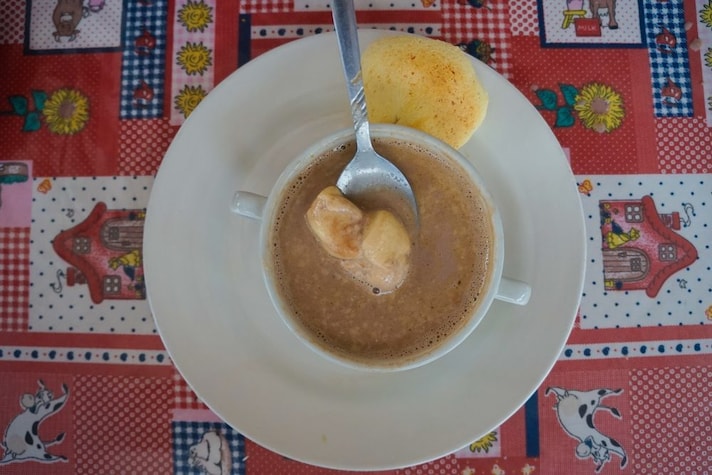
Even in Colombia, this specialty reflects local heritage, enriched with tropical flavors. Unexpected variations include spices like cinnamon and nutmeg, or infusions of guayusa, a local leaf that gives the drink a delicately herbaceous flavor. During the Christmas season, it is served alongside buñuelos (cheese fritters) and natilla, a milk and sugar pudding, mainstays of Colombian festivities.
In Venezuela, home of the famous Criollo cocoa, hot chocolate is made with this prized variety and represents a cornerstone of the national culture. Among the most fascinating traditions is chocolatón, a community event where the drink is shared in large quantities with friends and neighbors, transforming every cup into a moment of celebration and conviviality.
Hot Chocolate Bombs in The United States
In the United States, hot chocolate is synonymous with creativity and comfort. Enriched with whipped cream, salted caramel, flavored syrups, and, of course, marshmallows, it offers a velvety texture and an irresistible flavor, loved by adults and children alike.
During the holiday season, this drink becomes a symbol of conviviality, served alongside gingerbread cookies and decorated with candy canes or colored sprinkles. A recent trend is hot chocolate bombs: chocolate spheres filled with cocoa and marshmallows, which dissolve in hot milk, creating a creamy and surprising concoction. Similar in concept to the aforementioned Belgian chocolate sticks, but different in texture, these balls represent a creative reinterpretation of the concept of hot chocolate.
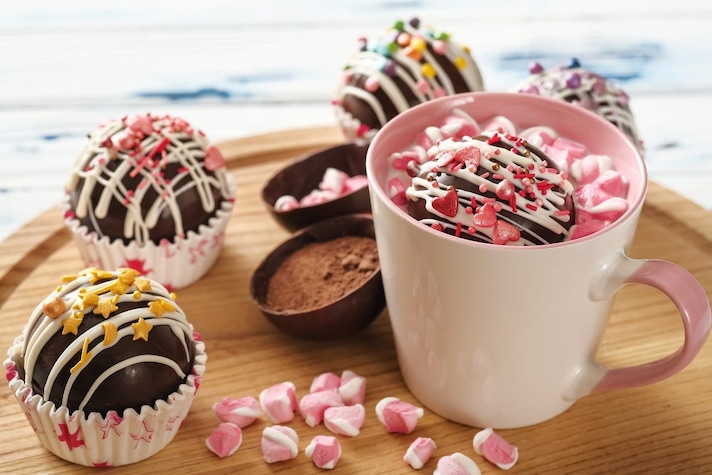
While sticks are solid blocks of chocolate on a wooden stick and focus on refined flavor, bombs, often homemade or sold as gifts, are hollow chocolate spheres filled with cocoa powder, marshmallows, and sometimes other flavorings or decorations. When dipped in hot milk, they melt completely, releasing their contents and creating a visual spectacle as well as a surprising blend of flavors.
Asia: Spices, Fusions and Interpretations
In Asia, hot chocolate is transformed by adapting to local tastes and traditions, giving rise to surprising combinations. In India, it is enriched with typical local spices, such as ginger, cardamom, cinnamon, and cloves, transforming into a warm and aromatic drink, perfect for winter evenings. This blend of spices recalls the aromas and enveloping notes of the famous masala chai, but with cocoa as the protagonist, for a version with an enveloping character.
In Japan, the drink combines with matcha tea, creating a balance between the bittersweetness of chocolate and the herbal notes of green tea. Variations with yuzu, a Japanese citrus fruit that adds freshness, or kinako, a roasted soybean flour that adds a sweet, nutty note, enrich the drink with complexity. The refined aesthetic, with elegant handcrafted ceramics and decorations on the foam, makes each cup a work of art.
In South Korea, too, creativity reigns supreme: cafes serve hot drinks, including hot chocolate, decorated with artistic foams and flavors ranging from mountain honey to milk cream, often paired with hotteok, fluffy sweet pancakes filled with cinnamon and walnuts.
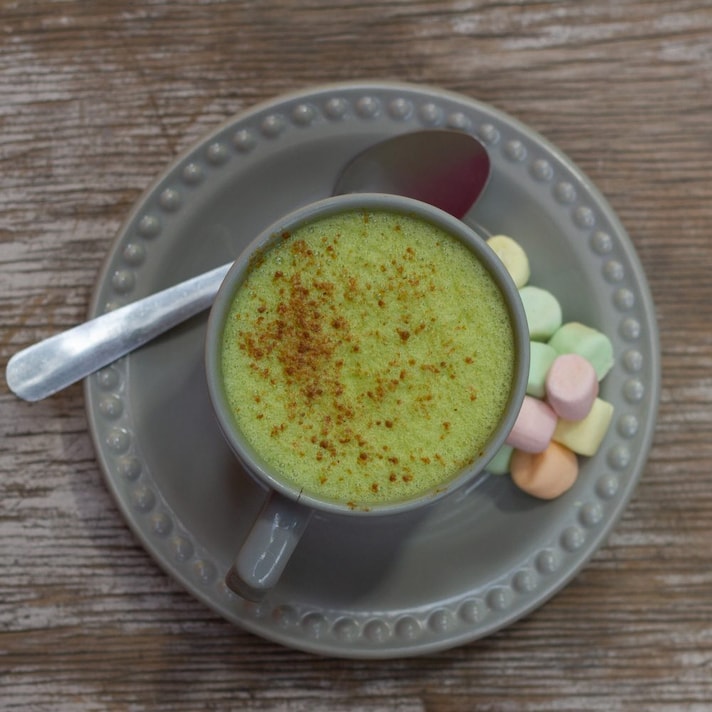
In Southeast Asia, cocoa is intertwined with tropical flavors. In the Philippines, tsokolate is made with pure chocolate tablea, stirred until lightly foamed. In Indonesia and Malaysia, hot chocolate is sometimes enriched with local ingredients that enhance its unique character. The addition of coconut milk, a common practice in the region, gives the drink a creamy texture and an exotic flavor, evoking the tropical atmosphere of these countries.
The Good Cocoa That Helps Africa: Rediscovery, Sustainability and Fair Trade
In Africa, where over 70% of the world's cocoa is produced, the connection to this raw material is profound but historically tied to exports to Europe and America. Today, however, we are witnessing a rediscovery of this ingredient for local consumption as well, with a greater focus on quality and territorial pride. In Ghana and Ivory Coast, the main producers, raw cocoa is used to create simple beverages, often prepared with milk and cane sugar to enhance its tropical and spicy notes.
A key aspect is the growing interest in sustainability and fair trade. Cooperatives and small producers are developing artisanal chocolate factories, processing cocoa on site to allow communities to appreciate the final product and understand the value of their production. These projects not only aim to enhance local consumption but also to sell the products on international markets, such as in Europe, promoting trade outside the domain of multinationals. These developments offer producers greater economic independence, strengthening local communities and promoting fairer and more sustainable trade.
Oceania, Australian and New Zealand Sweetness
In Australia and New Zealand, this hot drink is also a staple of coffee breaks and brunches. During the southern winter, it becomes an indispensable treat, served with whipped cream, salted caramel, chocolate shavings, or flambéed marshmallows. In colder areas, such as the Blue Mountains in Australia or the Alps of New Zealand, it's considered the perfect way to unwind after a day out. It's often served with local desserts like Australian lamingtons, covered in chocolate and coconut, or pavlova, decorated with fresh fruit. Alcoholic versions, enriched with Bundaberg Rum or honey distillates, add an original and convivial touch.
;Resize,width=767;)
